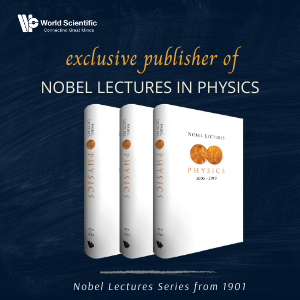This is one of the very few books focusing on relativistic statistical mechanics, and is written by a leading expert in this special field. It started from the notion of relativistic kinetic theory, half a century ago, exploding into relativistic statistical mechanics. This will interest specialists of various fields, especially the (classical and quantum) plasma physics. However, quantum physics — to which a major part is devoted — will be of more interest since, not only it applies to quantum plasma physics, but also to nuclear matter and to strong magnetic field, cosmology, etc. Although the domain of gauge theory is not covered in this book, the topic is not completely forgotten, in particular in the domain of plasma physics. This book is particularly readable for graduate students and a fortiori to young researchers for whom it offers methods and also appropriate schemes to deal with the current problems encountered in astrophysics, in strong magnetic, in nuclear or even in high energy physics.
Sample Chapter(s)
Introduction (53 KB)
Chapter 1: The One-Particle Relativistic Distribution Function (291 KB)
Contents:
- The One-Particle Relativistic Distribution Function
- Relativistic Kinetic Theory and the BGK Equation
- Relativistic Plasmas
- Curved Space-Time and Cosmology
- Relativistic Statistical Mechanics
- Relativistic Stochastic Processes and Related Questions
- The Density Operator
- The Covariant Wigner Function
- Fermions Interacting via a Scalar Field: A Simple Example
- Covariant Kinetic Equations in the Quantum Domain
- Application to Nuclear Matter
- Strong Magnetic Fields
- Statistical Mechanics of Relativistic Quasiparticles
- The Relativistic Fermi Liquid
- The QED Plasmas
Readership: Academics and graduate students in physics.























